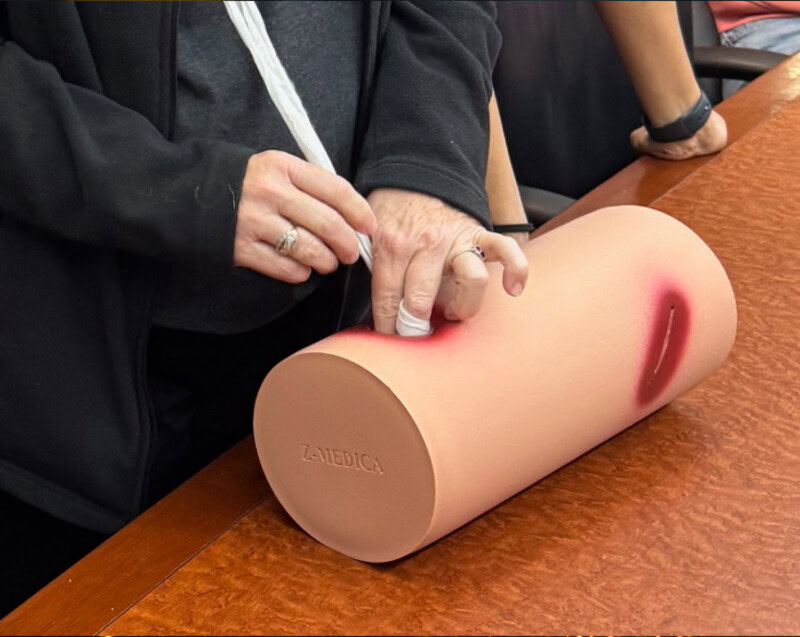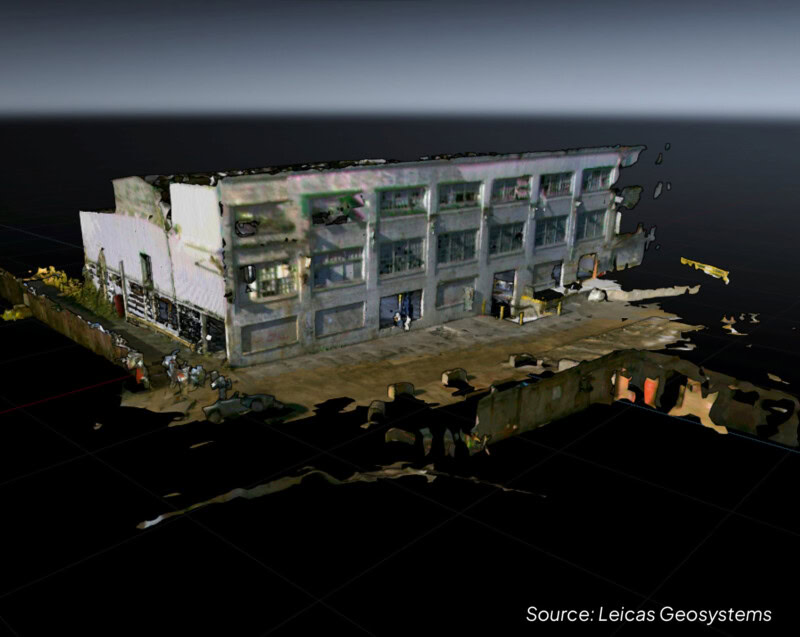“An ounce of prevention is worth a pound of cure.” This well-worn Benjamin Franklin quote applies well to the use of what are called “material safety data sheets” (or, as they are soon to be known more simply, safety data sheets, or SDS). These “sheets” are a critical component of the U.S. Occupational Safety and Health Administration’s (OSHA) Hazard Communication Standard (HCS) and, quite simply, they help protect us all.
On May 25, 2012, OSHA’s modified Hazard Communication Standard designed to conform to the United Nations’ Globally Harmonized System of Classification and Labelling of Chemicals (GHS) became law. It provides a basis for the harmonization of regulations related to the handling of chemical materials at a global level. The HCS defines chemical and physical hazards, creates a classification process and communicates the information on harmonized labels and Safety Data Sheets (SDS).
Organizations that manufacture, ship, or import chemical-containing products are responsible for producing the SDSs and labels for these products. Many consult with professional toxicologists to ensure the accuracy of all information on the sheets.
The SDS replaces the Material Safety Data Sheets (MSDSs) required under the old standard.
“When it was originally written into the OSHA Act, the MSDS system was meant to ensure that employees knew the hazards they faced when working with certain chemicals,” explains CTEH Project Toxicologist Dr. David Cawthon. “The challenge is to convey complicated scientific information to a largely non-technical audience and in some cases an audience that doesn’t speak the language. The harmonized format will enable employers, workers, health professionals, and emergency responders to access the information more efficiently and effectively.”
The SDSs identify what chemicals are contained in products that are handled, shipped or sold and describe potential short-term and long-term health effects of these chemicals. They also discuss how to protect yourself from exposure, and what to do if the product is spilled or catches fire. Standardized chemical labels use specific pictograms, signal words, hazard and precautionary statements to identify hazards and protective measures. This information is a critical safety guide for workers who handle the products and for first responders who may encounter the products in the event of an accident.
By June 1, 2015 all chemical manufacturers, importers, and distributors must comply with all the requirements of the GHS rule, except distributors have until December 1, 2015 to comply with the shipping requirements for container labels. CTEH’s Cawthon has been closely involved in this process to convert the U.S. MSDSs and labelling into the agreed-upon GHS style. The process is ongoing, but Cawthon says the system should lead to easier-to-understand standards of safety for workers and shippers around the world.
Learn more about the current OSHA SDS recommended format hereor find out more about theOSHA HCS/HazCom 2012 Final Rule here.




